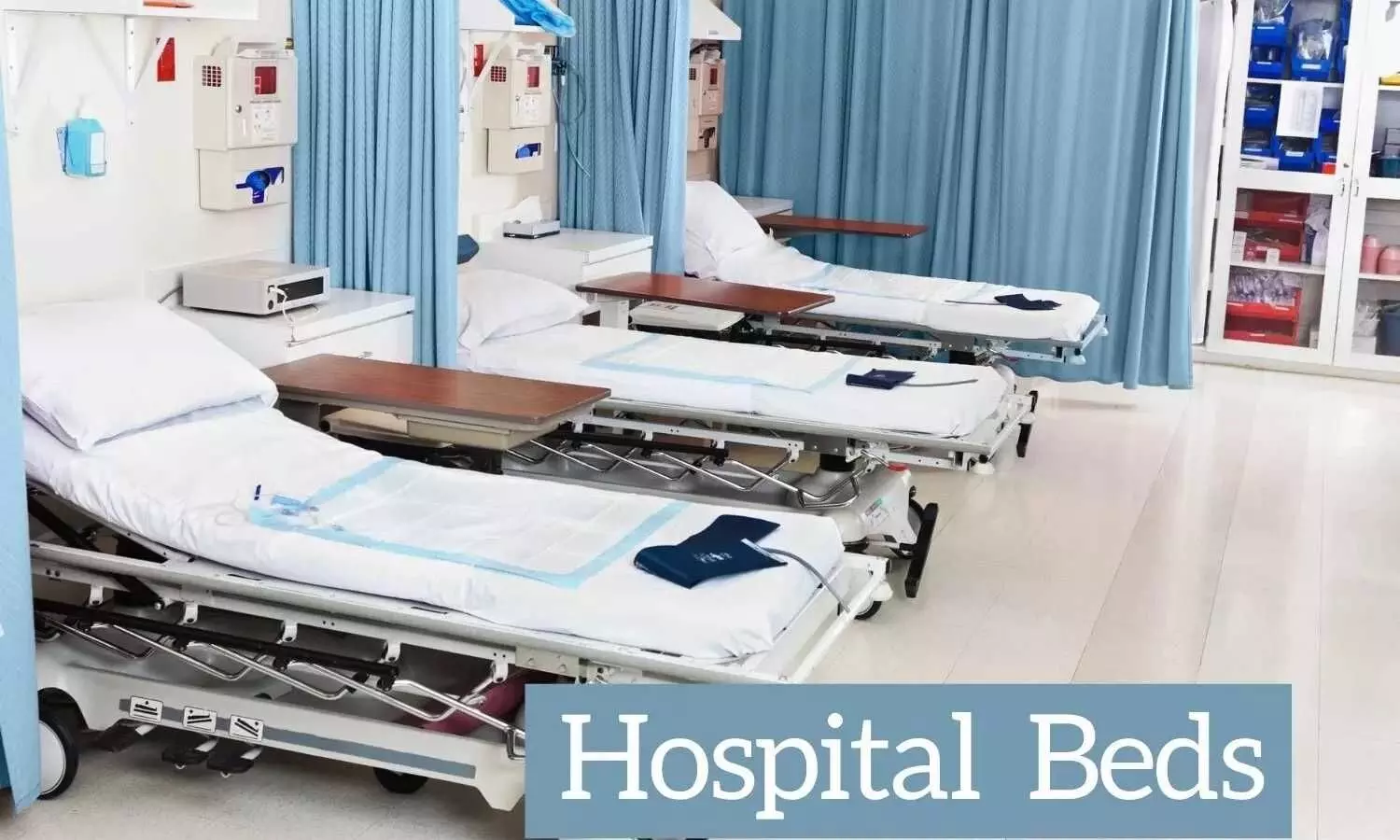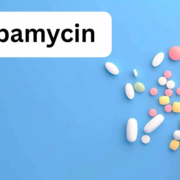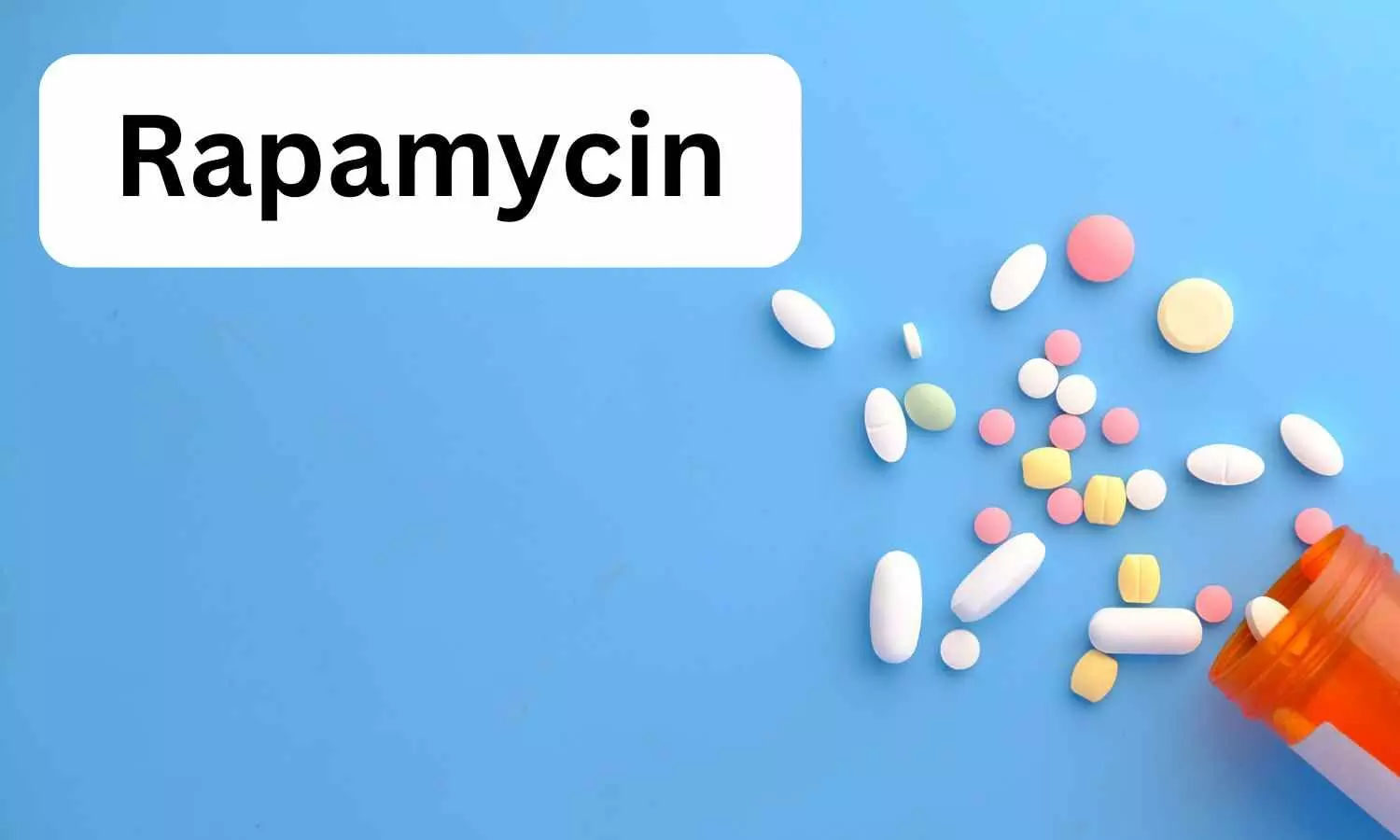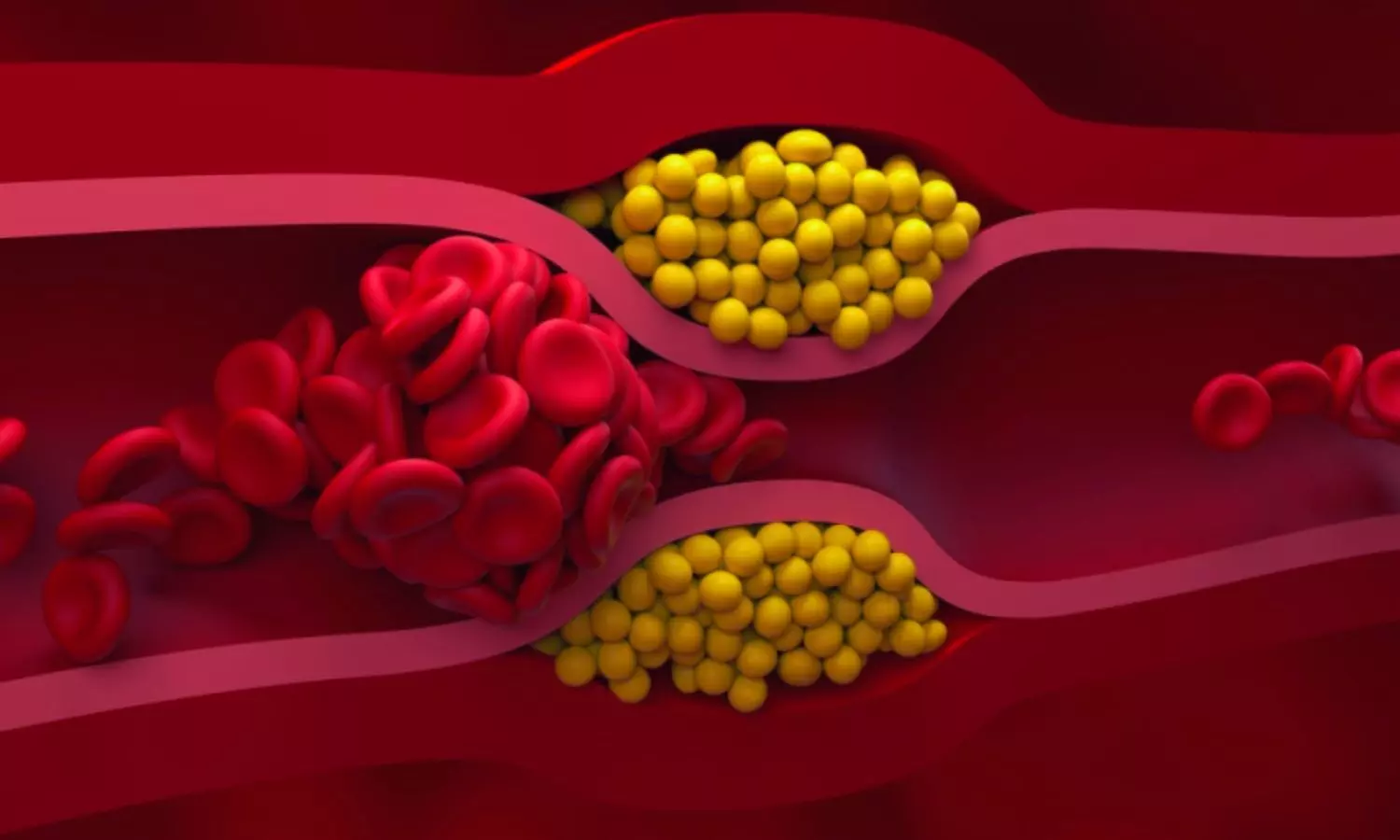Gland Pharma Visakhapatnam facility gets USFDA EIR

Hyderabad: Gland Pharma, a generic injectable & ophthalmic focused pharmaceutical company, has announced that the Company has received the Establishment Inspection Report (EIR) from the U.S. Food and Drug Administration (US FDA) indicating closure of the inspection at its facility at JNPC, Visakhapatnam.
The USFDA had conducted a Pre-Approval Inspection (PAI) for Sterile Active Pharmaceutical Ingredients (APIs) at the site from February 19 to February 25, 2025.
Read also: Gland Pharma ropes in Wriddhee Maitra as Vice-President (Human Resources)
Medical Dialogues team reported in February that the company had received three Form 483 observations from the USFDA following the inspection.
An FDA Form 483 is issued to firm management at the conclusion of an inspection when an investigator(s) has observed any conditions that in their judgment may constitute violations of the Food Drug and Cosmetic (FD&C) Act and related Acts.
Read also: Gland Pharma gets 3 USFDA observations for Visakhapatnam facility
Separately, on June 4, Gland Pharma received approval from the USFDA for its Abbreviated New Drug Application (ANDA) for Angiotensin II Acetate Injection, 2.5 mg/mL. This injection is indicated for increasing the blood pressure in adults with septic or other distributive shock.
The approved product is bioequivalent and therapeutically equivalent to the reference listed drug (RLD), GIAPREZA of La Jolla Pharma LLC.
Read also: USFDA greenlights Gland Pharma BP injection in adults with septic shock
Gland Pharma was established in 1978 in Hyderabad and has grown over the years from a contract manufacturer of small-volume liquid parenteral products to become growing injectable-focused companies, with a global footprint across 60 countries, including the United States, Europe, Canada, Australia, India, and other markets. It operates primarily under a business-to-business (B2B) model and develops, manufactures, and markets sterile injectables. It has a wide range of injectables, including vials, ampoules, pre-filled syringes, lyophilized vials, dry powders, infusions, oncology, and ophthalmic solutions.
Powered by WPeMatico


















